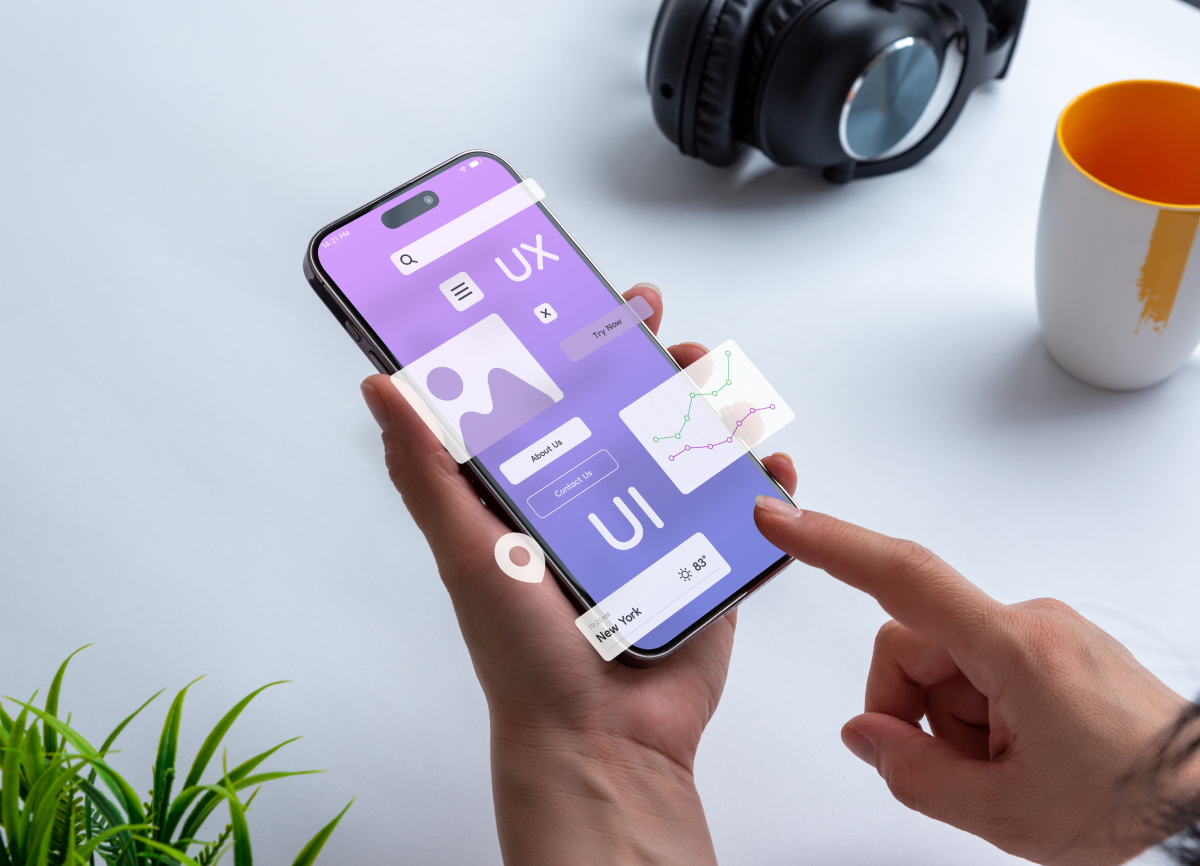Over the past year, the creative world has exploded with new ways to interact and engage with the world. Between new tech like VR headsets and game-changing AI tools, things that were once thought out of the scope of a traditional business can now be utilized and deployed at scale into a business of almost any size. With 2023 coming to a close, we at STAUFFER want to look back at some of the trends, tech, and necessities that have become prevalent in the past year.
Personalized User Experiences:
Spotify encapsulates personal user experiences in its annual Spotify Wrapped
Designers were increasingly focusing on creating personalized user experiences. This involved tailoring interfaces to individual users based on their preferences, behavior, and demographics. Personalization can enhance user engagement and satisfaction. Every year, Spotify puts out a tremendous example of a personalized user experience in its annual wrapped list. Millions of users anticipate their end-of-the-year data roundup of their listening preferences to learn more about their tastes and share with their friends (fun fact, yours truly is in the top .5% of Jonathan Richman listeners).
Voice User Interface (VUI):
With the rise of smart speakers, virtual assistants, and other voice-activated devices, designers emphasized creating seamless voice interactions. Voice user interfaces were becoming integral to UX design, allowing users to interact with digital products using natural language. Smart home appliances are the next big thing to shape our personal lives. Even if your products aren’t voice-operated, ensuring your site is voice-ready is important for the indexability of your company’s messaging strategy with these consumer products.
For more on STAUFFER’S thoughts on voice optimization, give our article about it a read: Voice Search Mastery: Alexa, Siri, Google Home Optimization
Augmented Reality (AR) and Virtual Reality (VR) Integration:
As AR and VR technologies continued to advance, designers were exploring ways to incorporate these immersive experiences into UX design. In a recent CNN article, pundits spoke on how launching the Apple Vision Pro to an unproven market could be one of the riskiest moves in recent memory for Apple. This trend was particularly noticeable in the gaming, education, and e-commerce industries, where AR and VR enhance user engagement. We have covered what the future may hold in VR and AR in a few instances this past year.
Products like the Apple Vision Pro and the Meta Quest are a bit down the road from becoming household staples, but inroads are being made to ensure that that technology, UX, and personalized features are pitch-perfect when the time comes. Keep watching this space for more news on how AR/VR will continue evolving and reshaping how we do business and interact with fellow humans (and machines).
For more:
Microinteractions:
If you (or a younger family member) have gotten sucked into a video game in the past few years, you know all about microtransactions: small payments for upgrades and bonus content that can mean real dollars and cents for an app developer. Piggybacking off the success of microtransactions, microinteractions offer end users subtle animations or feedback that provide users with information about their interactions. These small, purposeful animations guide users, convey system status, and create a more delightful and responsive user experience.

Recently Instagram rolled out a new highly animated “like” feature for their feed, enhancing user experience and driving engagement with content. It’s the small tactile features that drive customer sentiment and engagement with digital products. We see these customized microinteractions taking a giant leap forward in ubiquity in the coming year.
Accessibility and Inclusive Design:
Designing with accessibility in mind was becoming a fundamental aspect of UX design. Designers were incorporating principles of inclusive design to ensure that digital products are usable by people of all abilities and disabilities. This aligns with ethical considerations and widens the potential user base. Recently the Supreme Court cleared the way for legislation that could make accessible pathways for the impaired on the internet a requirement. This would mean that many, if not all, websites must become inclusive for people at all levels of capability. To learn more about accessibility and UX’s role in optimizing the internet for everyone, read our article: Accessible Learning: UX Optimization for Inclusivity.
STAUFFER has been keeping its eyes on these (and many other) UX trends to stay ahead of the curve for our clients. As the landscape continues to evolve, so will we, and so will the needs of our clients. When it is time to bring your UX to the present, STAUFFER is ready to help. Book a consultation today.
